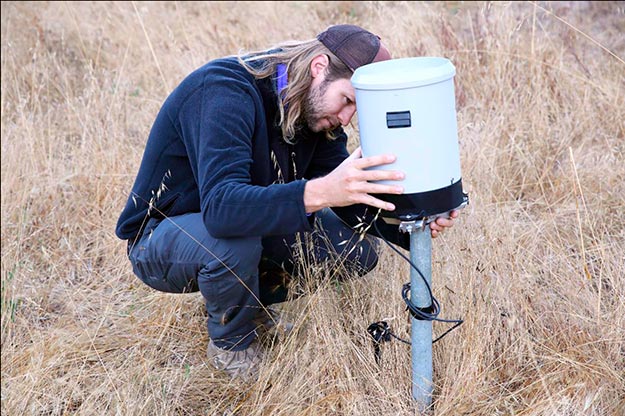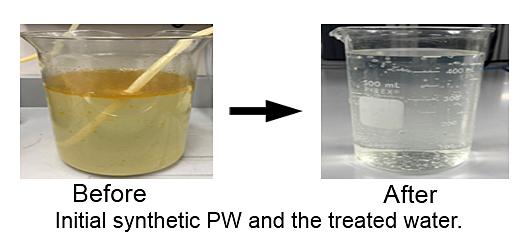Earth grew through collisions with Moon-sized to Mars-sized planetary embryos from the inner Solar System, but it also accreted material from greater heliocentric distances, including carbonaceous chondrite-like bodies, the likely source of Earth’s water and highly volatile species.
Understanding when and how this material was added to Earth is critical for constraining the dynamics of terrestrial planet formation and the fundamental processes by which Earth became habitable. However, earlier studies inferred very different timescales for the delivery of carbonaceous chondrite-like bodies, depending on assumptions about the nature of Earth’s building materials. Read more












